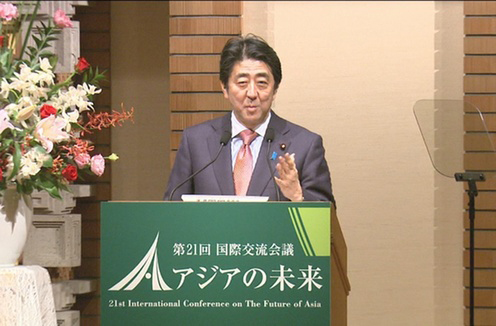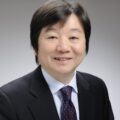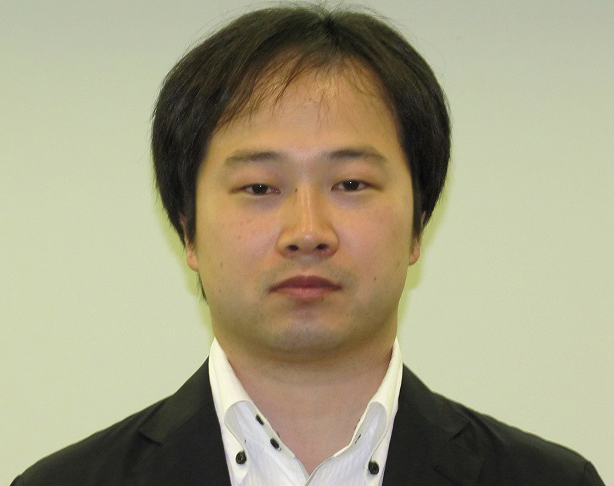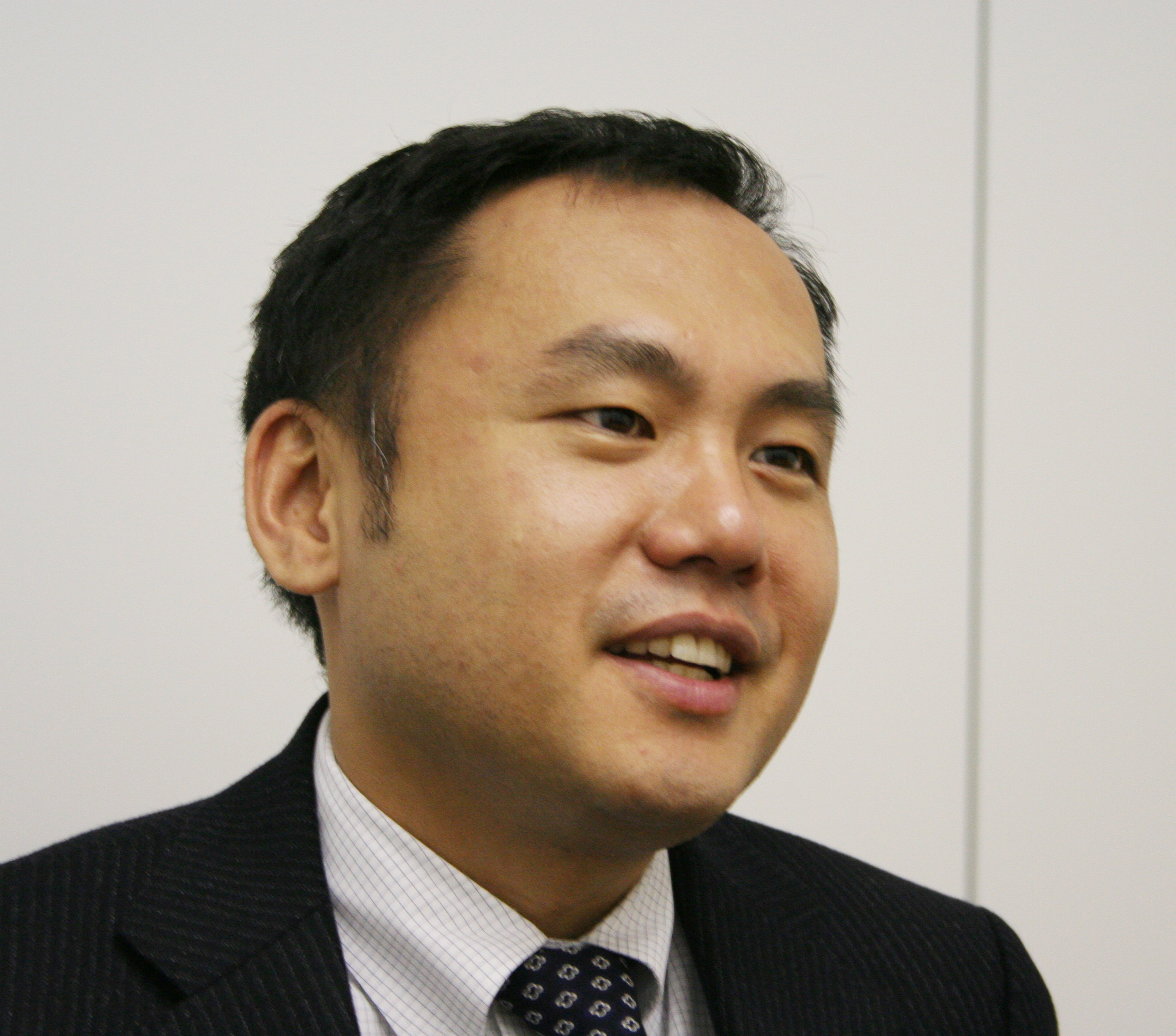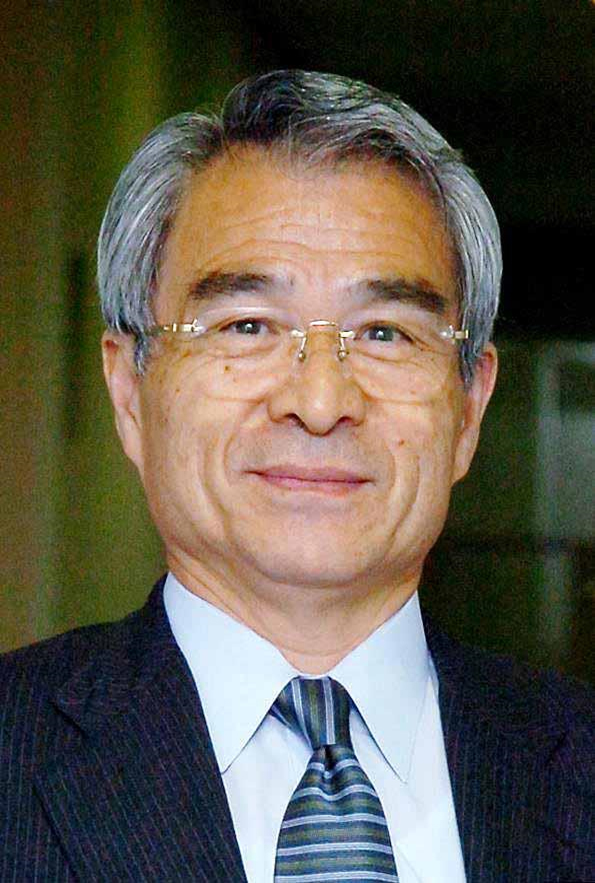Sound Argument: New Japan-U.S. Guidelines Strengthened the Bonds of the Alliance
“Otagai-no tameni (For the benefit of each other).”
U.S. President Barack Obama described the essence of the Japan-U.S. alliance this way in Japanese at a joint press conference held after his summit conference with Japanese Prime Minister Abe Shinzo. I believe this single phrase symbolizes the evolution of Japan-U.S. security cooperation based on the Japan-U.S. Security Treaty in collaboration with reciprocity suitable for an alliance and cooperation between sovereign nations through the new Guidelines for Japan-U.S. Defense Cooperation.
Reciprocity Made Clearer
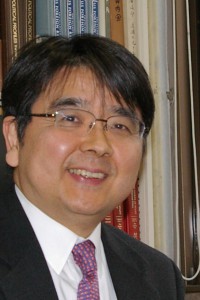
SAKAMOTO Kazuya, Professor, Graduate School of Law and Politics, Osaka University
At the conference, the two leaders confirmed that Japan and the United States would cooperate for peace and security not only in Asia and the Pacific but also all over the world. President Obama went on to call Japan a “partner on a global scale” for the United States, instead of a mere ally. It was only natural for Prime Minister Abe to hold his head high and say that he and President Obama had turned a “new page” in the history of the Japan-U.S. alliance that dates back more than a half century.
Japan-U.S. security cooperation based on the Japan-U.S. Security Treaty is aimed at “maintaining international peace and security in the Far East” (as stated in its preamble). Needless to say, it is cooperation for the security of Japan and the United States, which is also a Pacific nation. In that sense, the Japan-U.S. alliance is an alliance for the benefit of each other, as President Obama pointed out.
However, the new Guidelines stress the “global nature” of Japan-U.S. security cooperation, stating that Japan-U.S. security cooperation can bring stability, peace and prosperity to “Asia, the Pacific and areas beyond.” We can say the new Guidelines made clearer that the Japan-U.S. alliance exists for the benefit of each other, in other words, the aim of the alliance is reciprocal, by expanding the geographical perspective.
The new Guidelines also make the reciprocity of the methods of alliance and cooperation clearer. Alliances and cooperation between Japan and the United States take two forms under the Japan-U.S. Security Treaty.
The first form is cooperation in which Japan rents military bases to the United States and the United States stations U.S. troops in Japan (as prescribed in Article 6 of the Treaty). The second form is cooperation in which the Self-Defense Forces of Japan and the United States Forces in Japan jointly respond to armed attacks on Japan and U.S. Forces in Japan (prescribed in Article 5 of the Treaty). We can call the latter “cooperation between people (the Self-Defense Forces) and people (U.S. Armed Forces)” if we call the former “cooperation between objects (military bases) and people (the U.S. Armed Forces).”
Constitutional Interpretation Has Restricted Cooperation
Both of these are reciprocal forms of cooperation. However, shortcomings have been pointed out regarding the reciprocity in both forms of cooperation.
A shortcoming in the former is a tendency for it to produce dissatisfaction for both Japan and the United States in terms of whether or not the risks and burdens are fair because it is an asymmetric cooperation between objects and people. A flaw found in the latter is the extremely severe restriction on manpower cooperation under a traditional interpretation of the Constitution of Japan by the Japanese government.
The Japanese and U.S. governments have tried to rectify these shortcomings since the amendment of the Japan-U.S. Security Treaty in 1960. The two governments have attempted to correct the former through the consolidation and downsizing of U.S. military bases in Japan and the improvement in the application of the Japan-U.S. Status of Forces Agreement in step with changes in the global environment, or through the introduction of the so-called sympathy budget, which obliges the Japanese government to bear the expenses the United States requires for maintaining armed forces in Japan.
Regarding the latter, in 1978, Japan and the United States drew up the first guidelines, from which the new Guidelines originated, as a bilateral arrangement that supplements the rights, obligations and relations prescribed in the Japan-U.S. Security Treaty. The two countries have tried to expand and improve cooperation between the Self-Defense Forces and U. S. Forces through those guidelines and their amendment in 1997.
Compared to the previous guidelines, the new Guidelines work to significantly expand people-to-people cooperation between Japan and the United States in areas outside the territories of Japan. Under the new Guidelines, the Self-Defense Forces and U. S. Forces will engage in security cooperation for the benefit of each other in a manner more earnest (and within the limits set by the laws of Japan and the United States) through their actions in areas outside Japanese territories, such as the exercise of the right of collective defense (the Japanese government came out with a constitutional interpretation that approves the limited exercise of this right last year), the use of firearms to protect each other’s equipment and activities for providing logistical backup support to the U.S. military.
No Disputes with China as a Basic Stance
We can cite the establishment of a permanent coordinating mechanism for people-to-people cooperation as another essential point. Close communications and consultations with each other must be the assumptions for defense cooperation for the benefit of each other. The important thing is to set up systems for such communication and consultation before something happens, instead of after something has happened.
The reciprocity of the aims of the Japan-U.S. alliance and cooperation, and of the forms of such cooperation will certainly increase with the new Guidelines. As a result, the bonds of the alliance will grow tighter, and the deterrent force of the alliance will strengthen to a level never experienced in the past.
I believe friendly relations with the United States and no disputes with China should be a basic stance for Japan’s diplomatic and security policies. Regarding this point, there can be no mistake that the new Guidelines will contribute to the further development of friendly relations between Japan and the United States. However, at the same time, the new Guidelines will help Japan step up the deterrent force of the alliance and prevent a dispute (military clash) with China, which is showing a willingness to change the status quo with force with the rapid expansion of its military capacity in the background.
As a matter of course, the United States must be unwilling to have a dispute with China, too. The new Guidelines will work for the benefit of both Japan and the United States in that respect as well.
Translated from ”Seiron column: Nichibei Shin-Shishin ga Tsuyometa Domei no Kizuna (Seiron column: New Japan-U.S. Guidelines Strengthened the Bonds of the Alliance),” The Sankei Shimbun (SANKEI DIGITAL), 5 May 2015. (Courtesy of Sankei Shimbun co., Ltd.) [May 2015]
